
From leftover food to old kitchen supplies and packaging, the food industry produces a lot of waste. Restaurants, fast-food chains, and bars will save considerable amounts of waste disposal costs if they focus on reducing the amount of food they waste and increasing their recycling.
Recycling programs not only reduce food wastage and save money, but they also promote a sustainable image to restaurant patrons. According to Forbes, millennials are more likely to purchase from brands with pro-social messages and sustainable methods. Thus, restaurants need to reduce their carbon footprint and become more environmentally friendly by incorporating recycling programs.
Here’s a detailed recipe on how to create a successful recycling program for your restaurant:
1) Conduct a Waste Audit
Simply put, you can’t manage what you don’t measure. Carrying out a thorough waste audit will help you understand where your restaurant currently stands in terms of waste management. Besides, it will help you identify areas that you need to improve on and increase efficiency.
2) Start Simple
Here, the old age tenet of “Rome wasn’t built in a day” comes into play. It would help if you started by separating and recycling simple materials rather than focusing on starting big. Items such as cardboards are extremely common in restaurants and can take up significant space in your dumpster.
3) Waste Less
The three Rs, i.e. (recycling, reusing, and reducing), play a significant role in restaurant waste management. However, of the three reducing stands undefeated and is the best method facilities can use to increase their waste diversion rate actively. This means that you should focus more on the supply chain (things that come into your restaurant) and encourage your workers to bring in recyclable and compostable items.
Suppose you can effectively control what comes into your restaurant. In that case, you have a better chance of reducing the waste because much of the items that come will be recyclable, reusable, or compostable.
4) Don’t Forget to Compost
EPA reports that 60-80% of the waste produced by restaurants is food waste. Organic waste is a valuable component of producing fertilizers that can enhance soil fertility while reducing soil erosion. By choosing to separate the organic waste for composting, you reduce your waste overhaul fees, divert more waste from landfills and positively impact the environment.
5) Get Your Bins Right
The design and position of your recycling bins are as crucial as the recycling program itself. Determine your collection points, how many different streams you’ll collect, and how many bins your restaurant needs. After ordering them from a reliable provider, place them in strategic positions that are visible to clients.
6) Nail Your Recycling Graphics
Unclear graphics and signs create more confusion and, by extension, contamination. Your graphics should show people exactly where they dispose of waste and what they should do by precisely communicating your sustainability message.
7) Choose a Champion to Lead Your Recycling Campaign
There’s that one ever-enthusiastic employee who brings your campaign to life. Elect them to run, educate, train, and lead the recycling program. Employee engagement is key to ensuring you run a successful recycling program. Your champion should be in charge of communicating the benefits of recycling benefits to other staff and clients to understand why the program is being implemented.
Waste Wise provides various innovative, customizable, friendly, and practical recycling solutions for businesses, corporations, and individuals. To determine the best and most effective solution that meets your unique needs, please talk to us or visit our blog for more information.














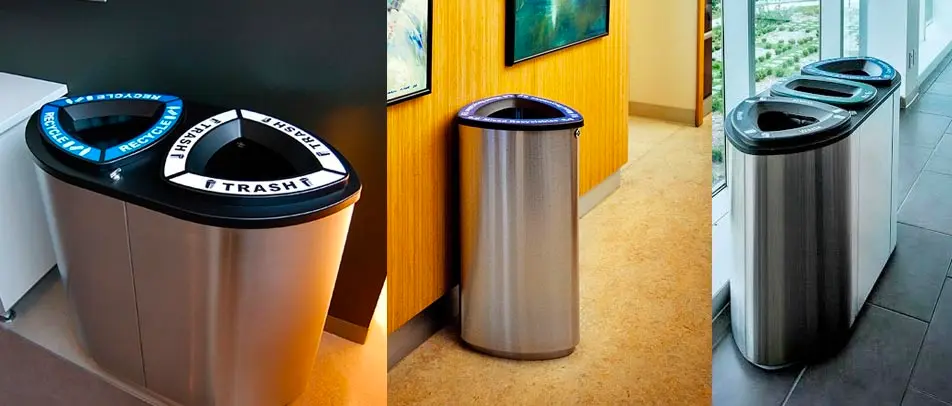
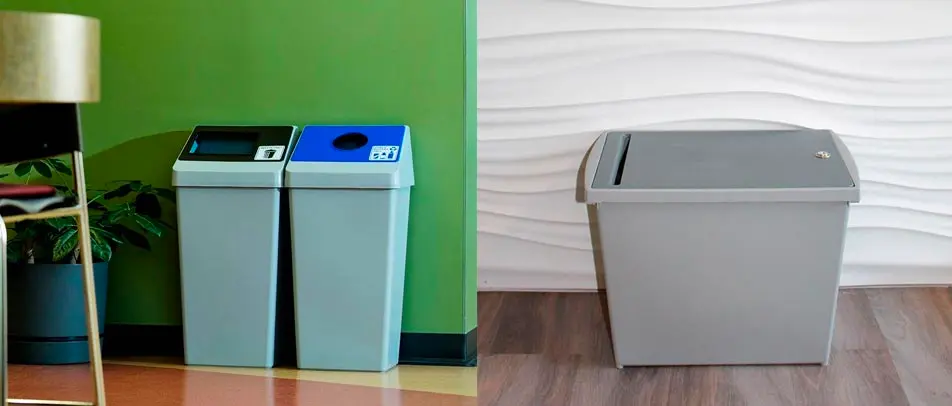


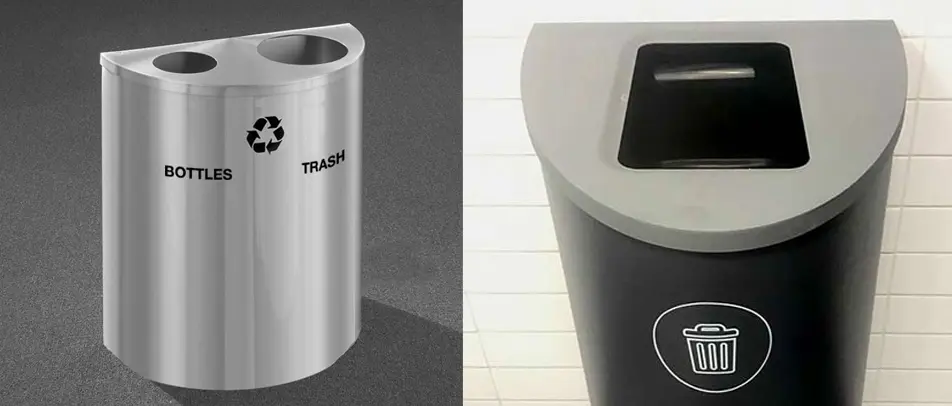


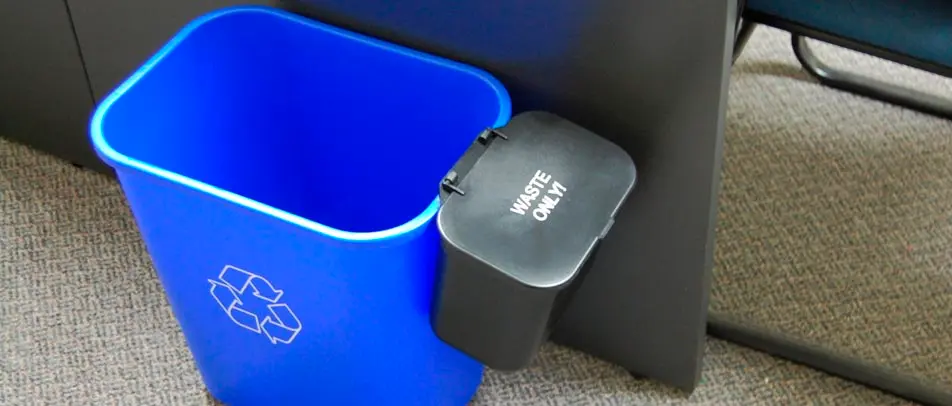
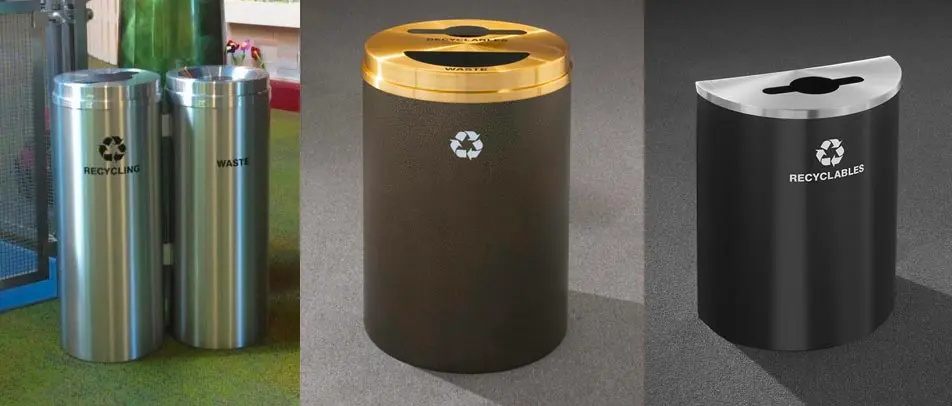
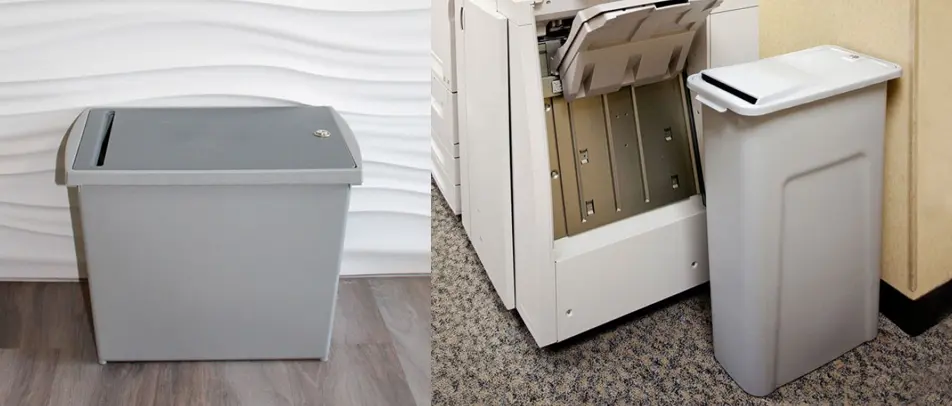

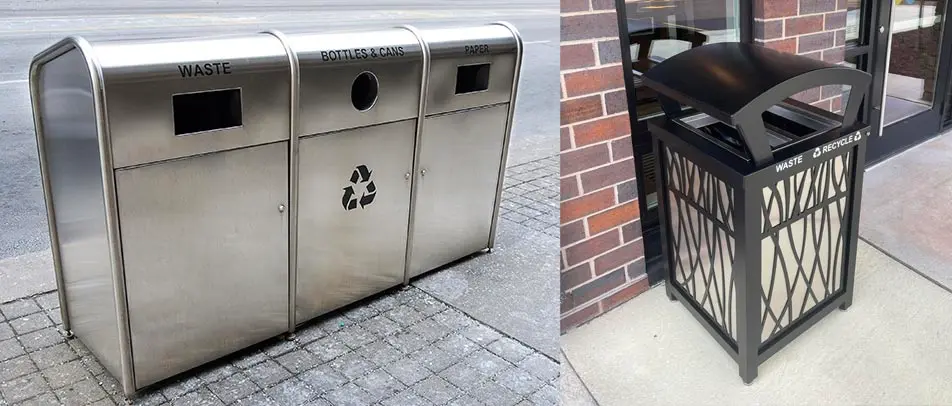



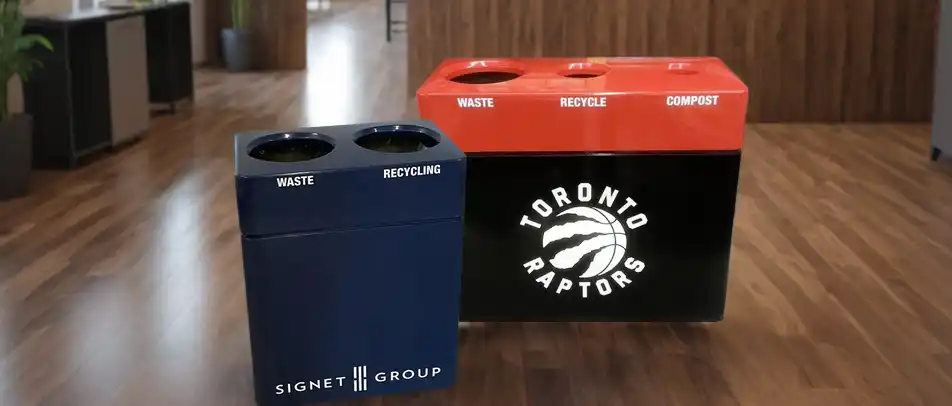



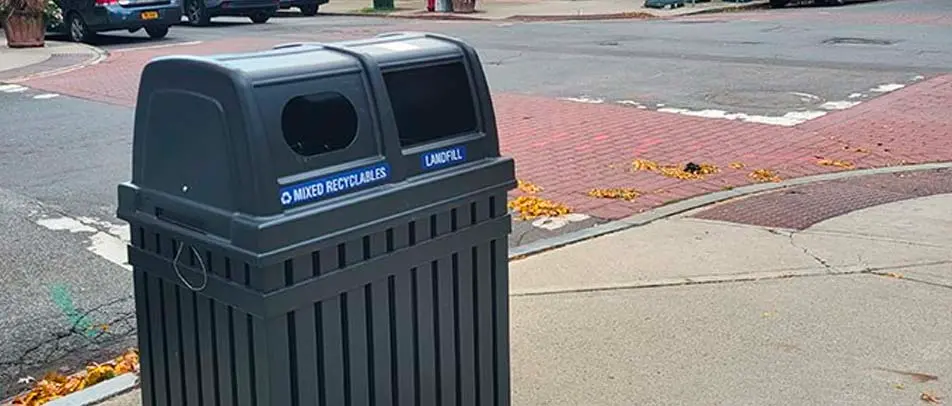
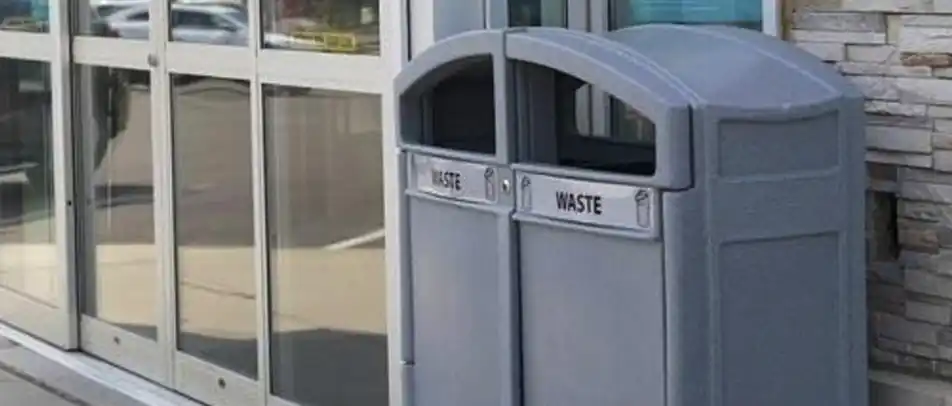
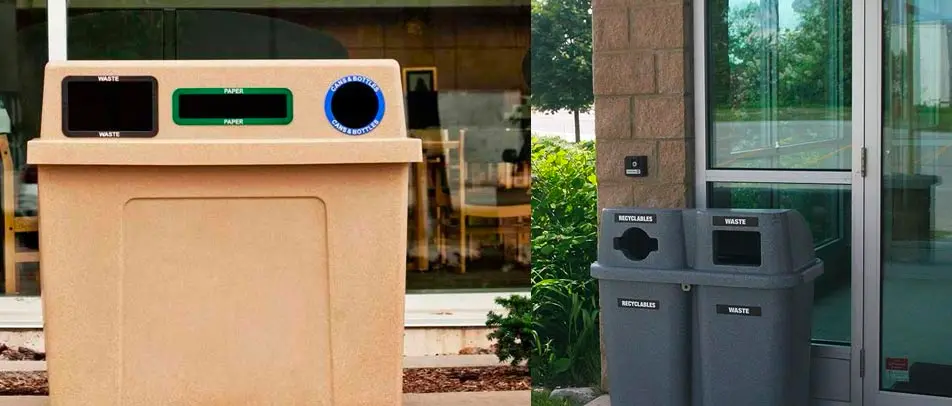
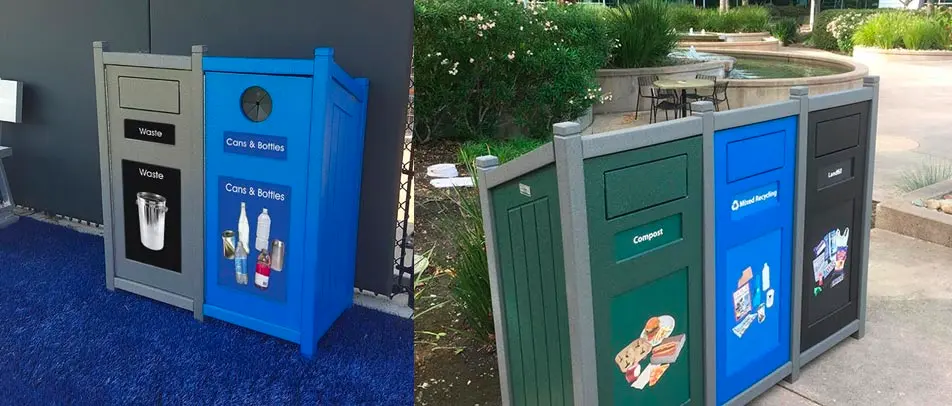
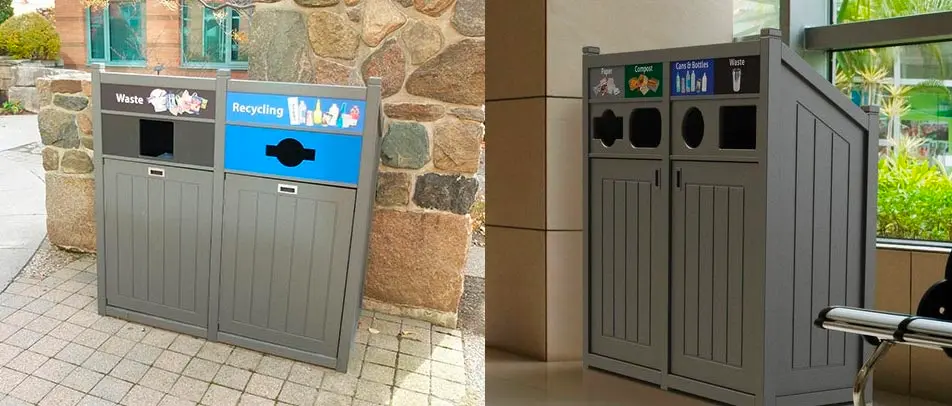

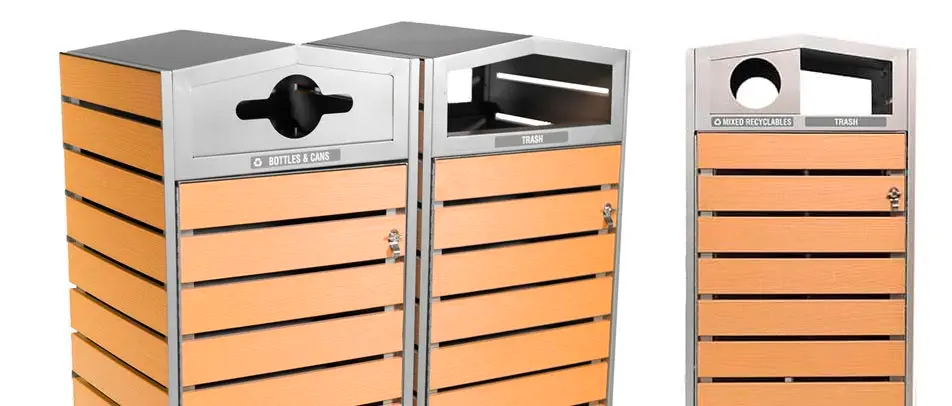

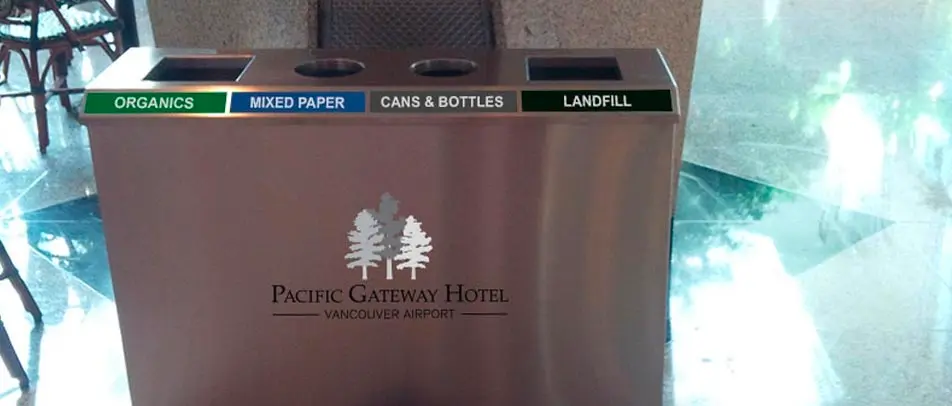

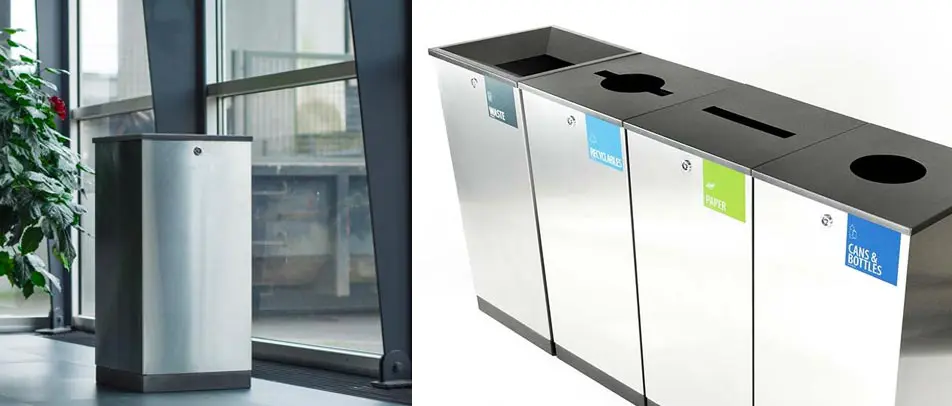
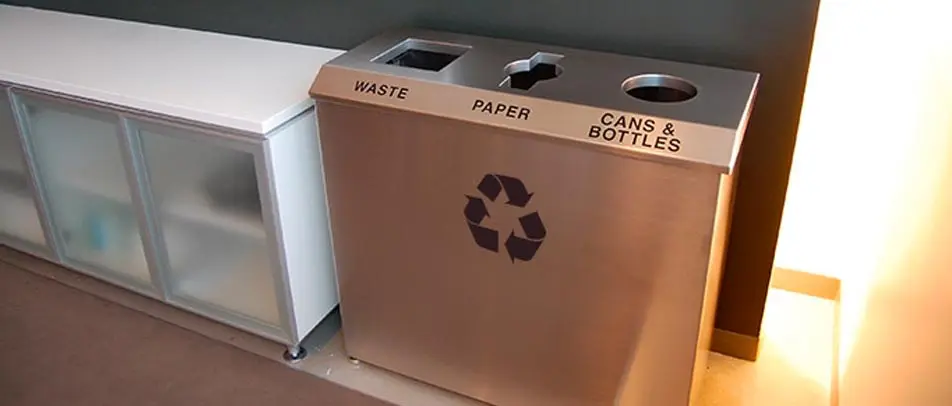
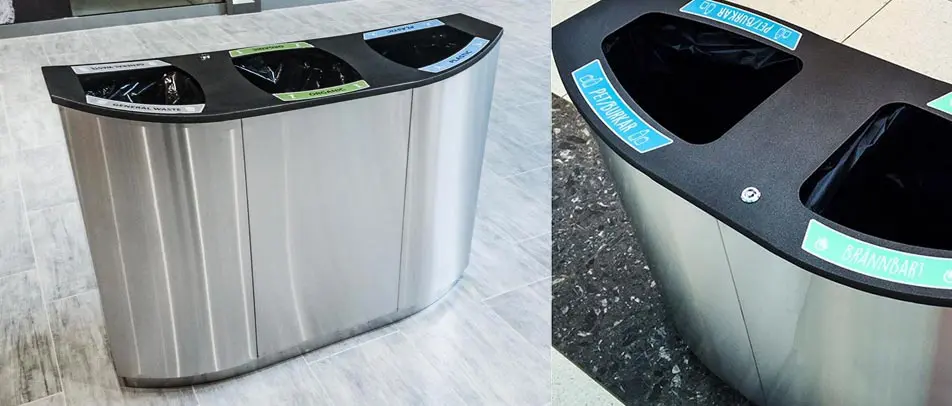

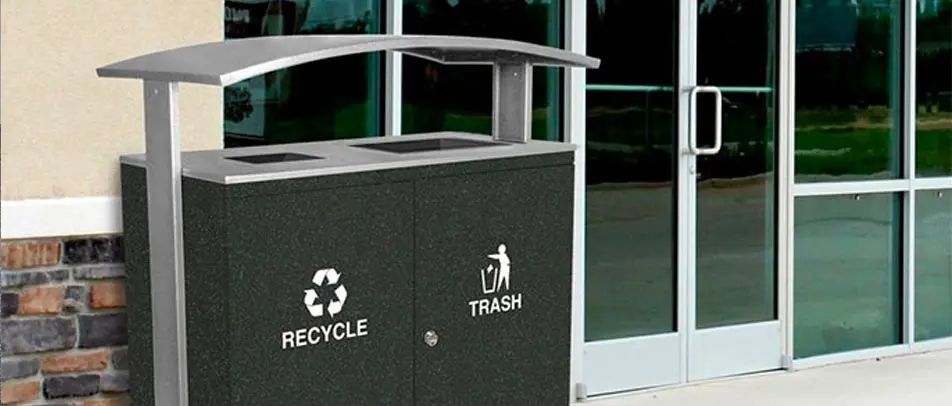
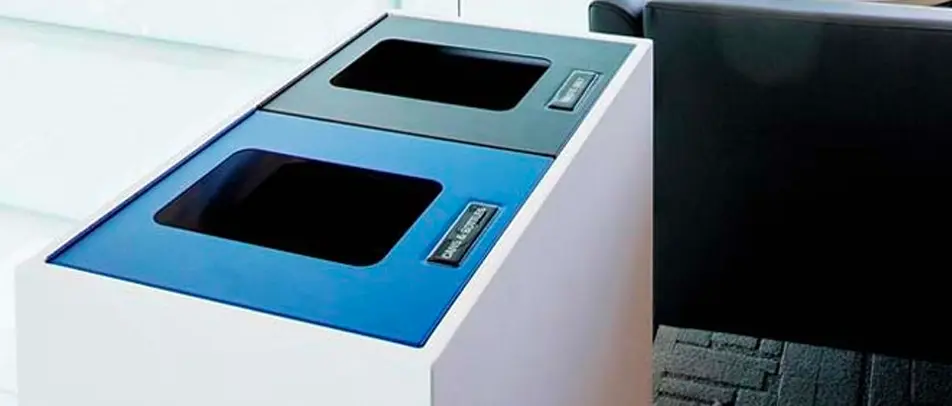
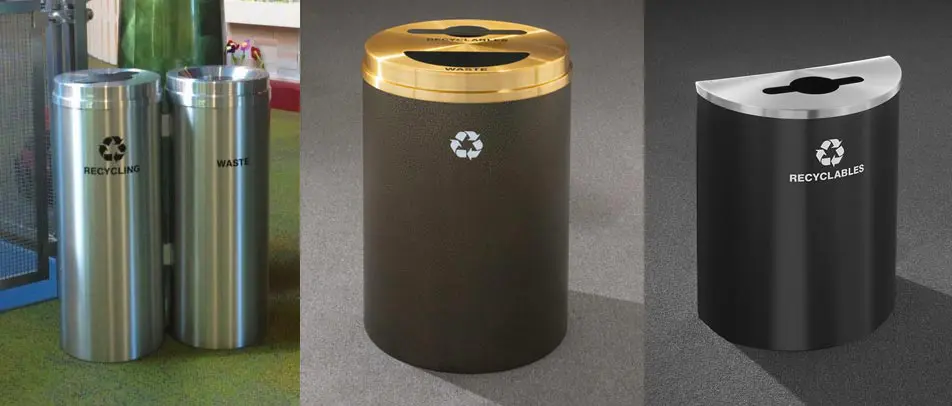

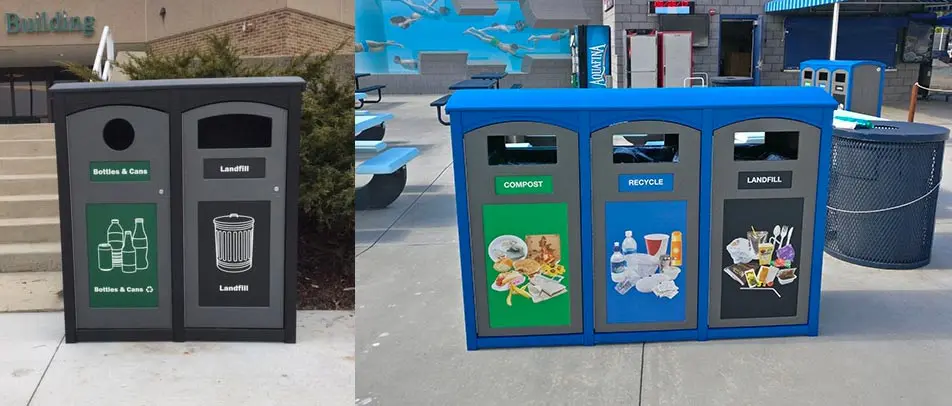
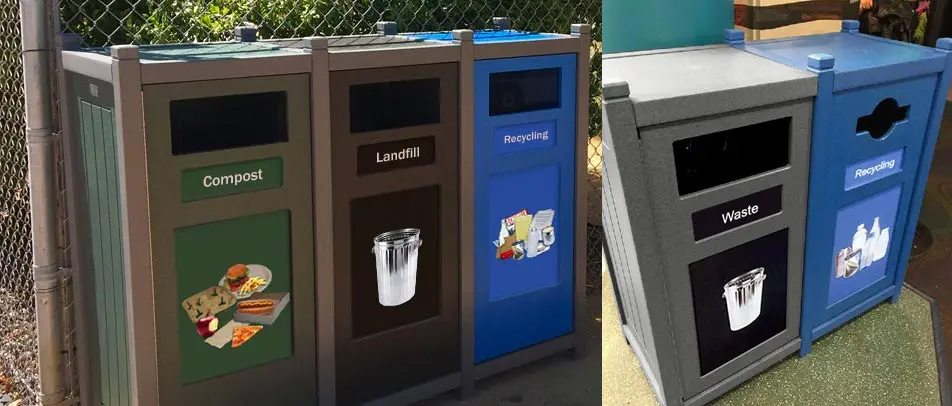
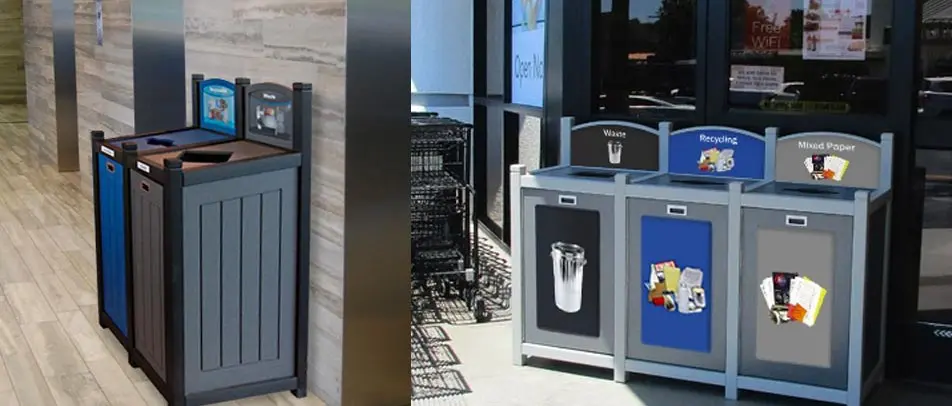


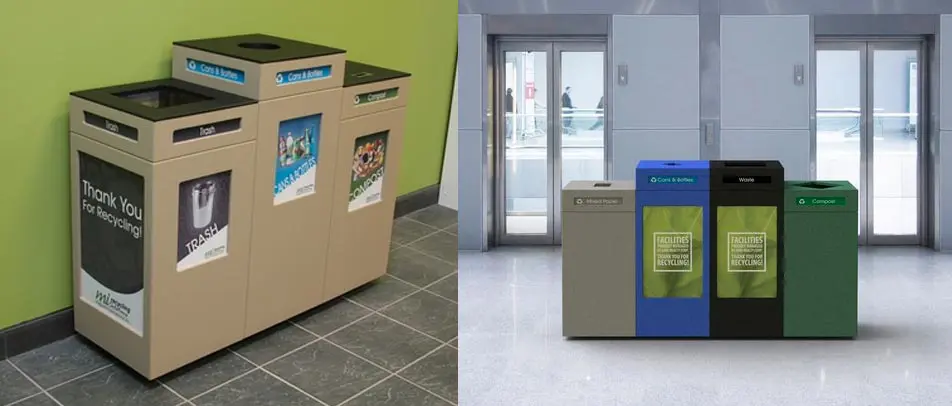
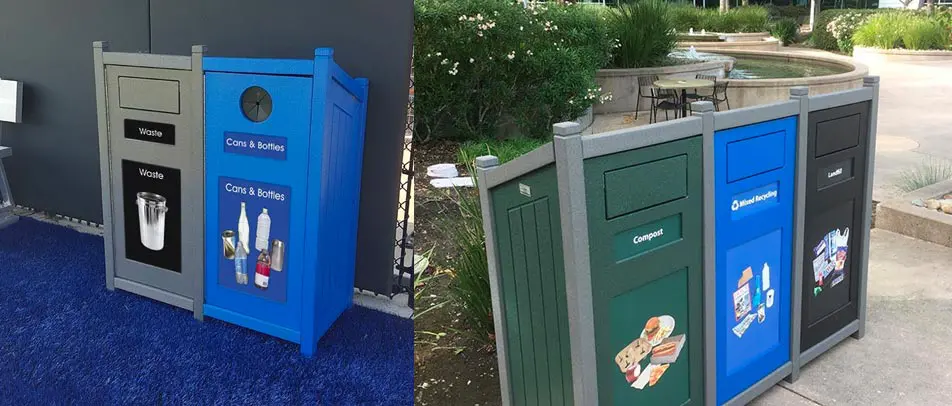
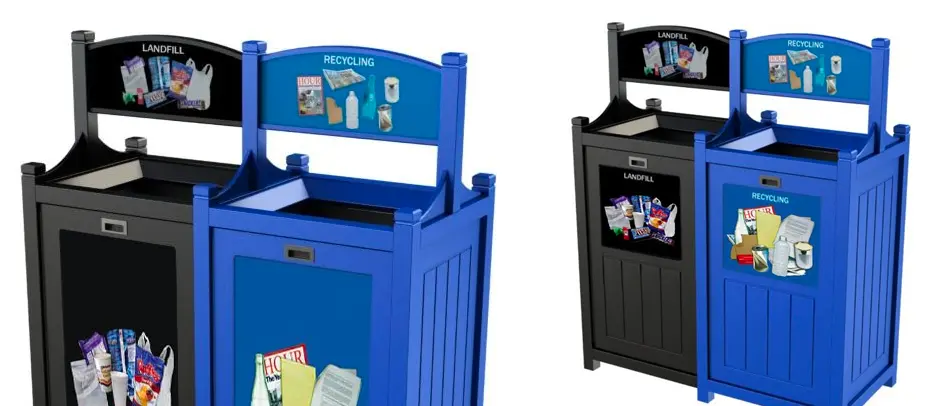


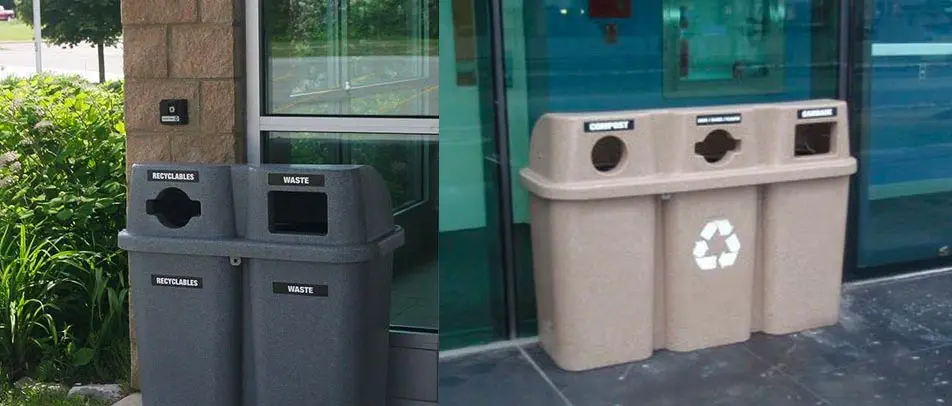
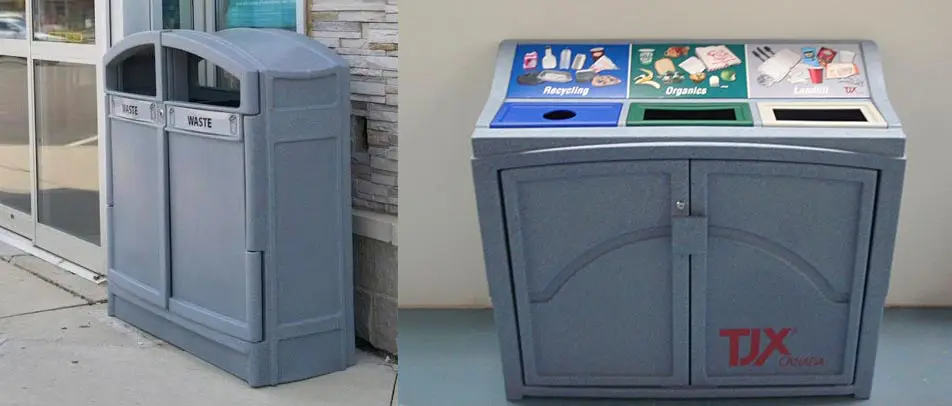
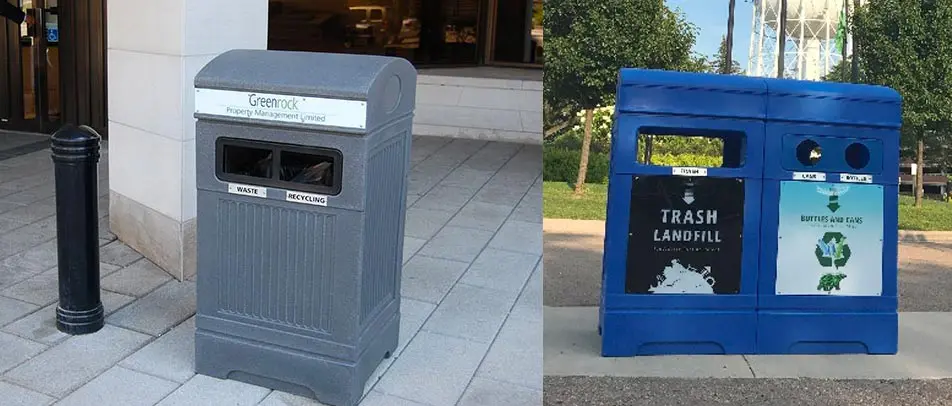
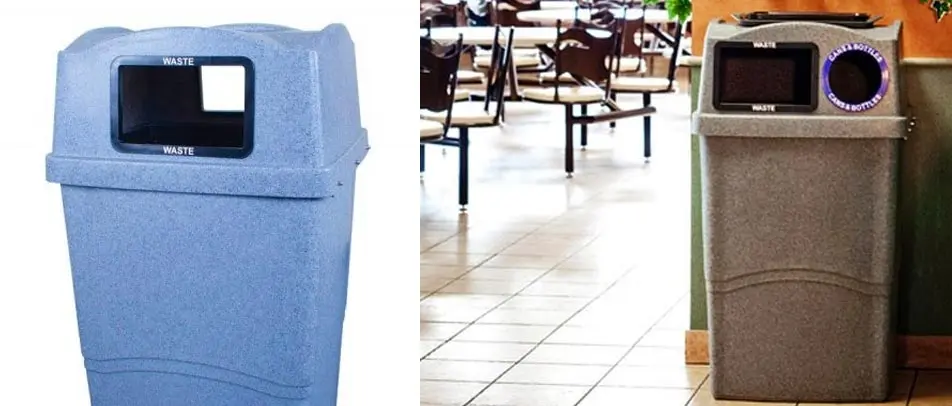
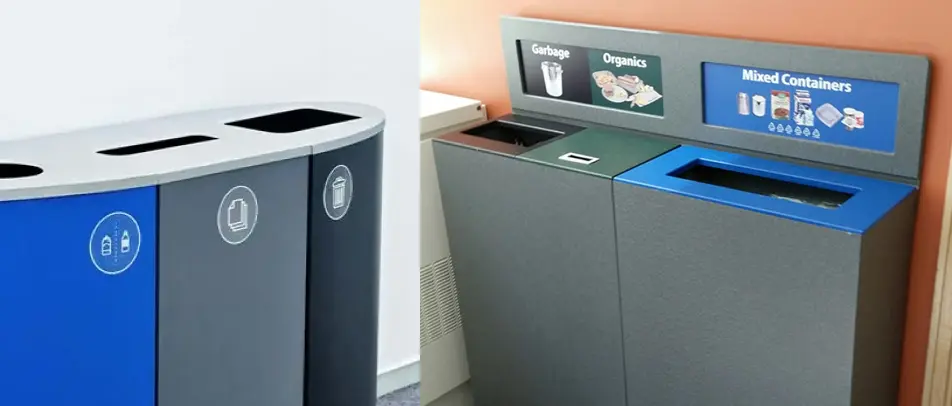
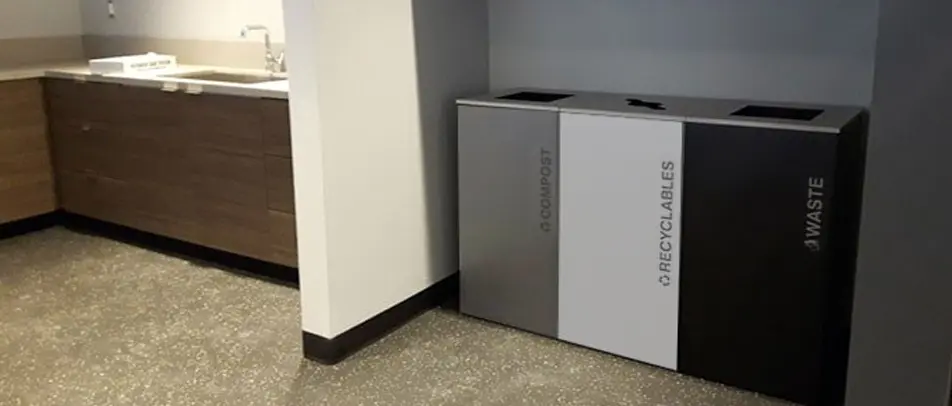
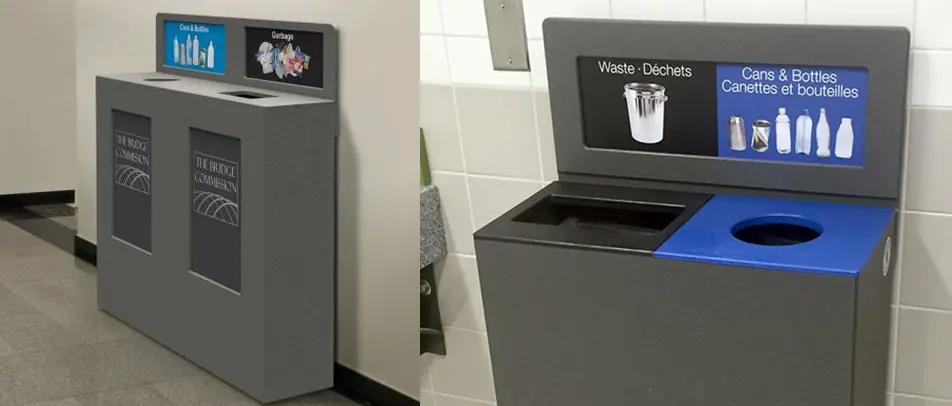
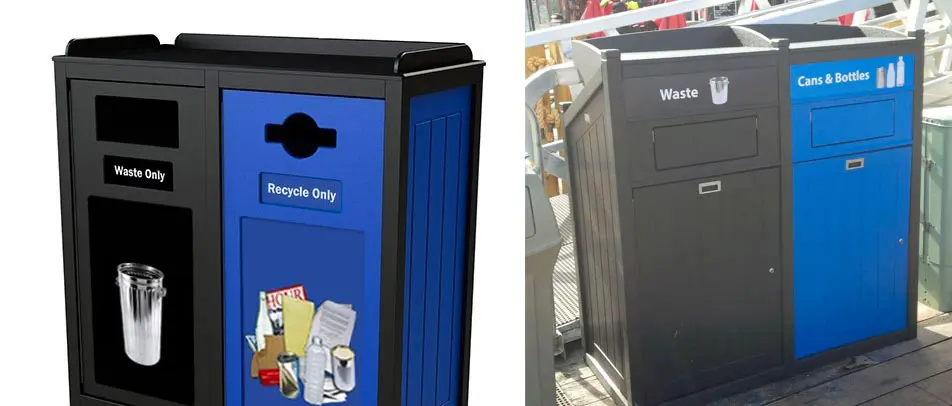
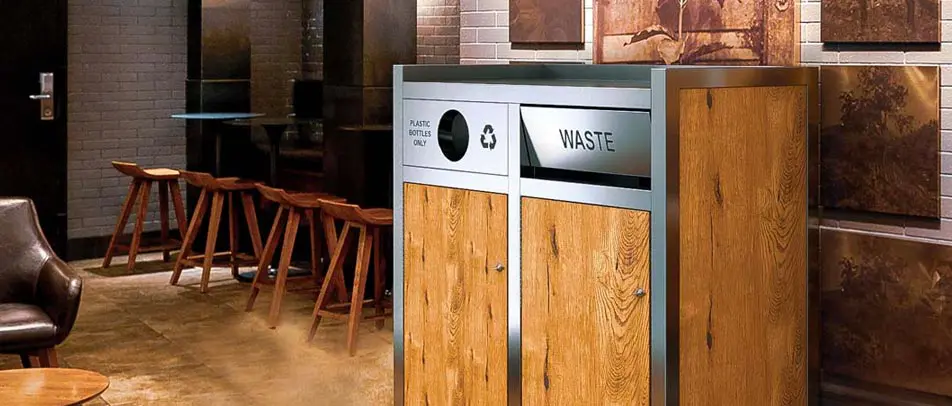




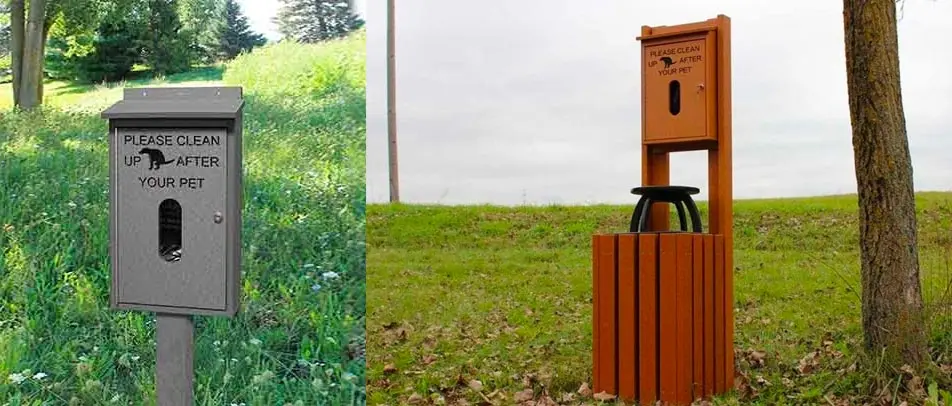

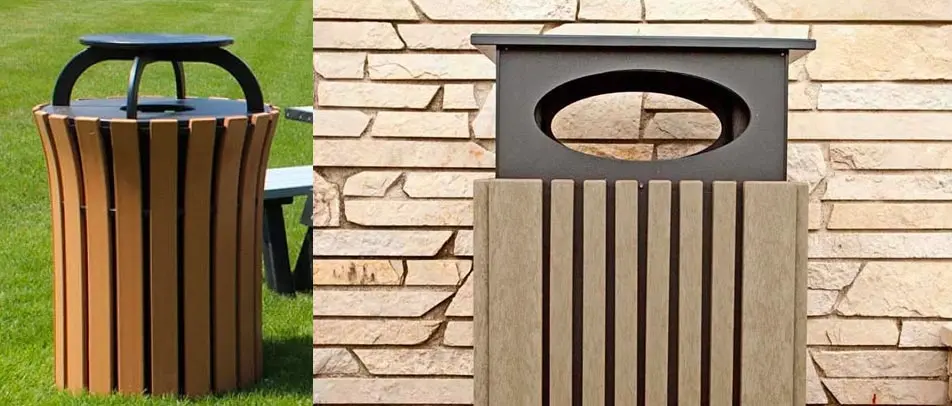


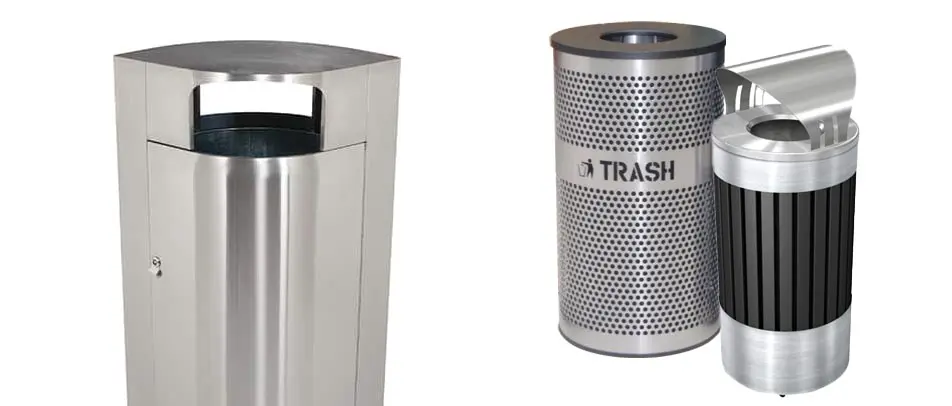

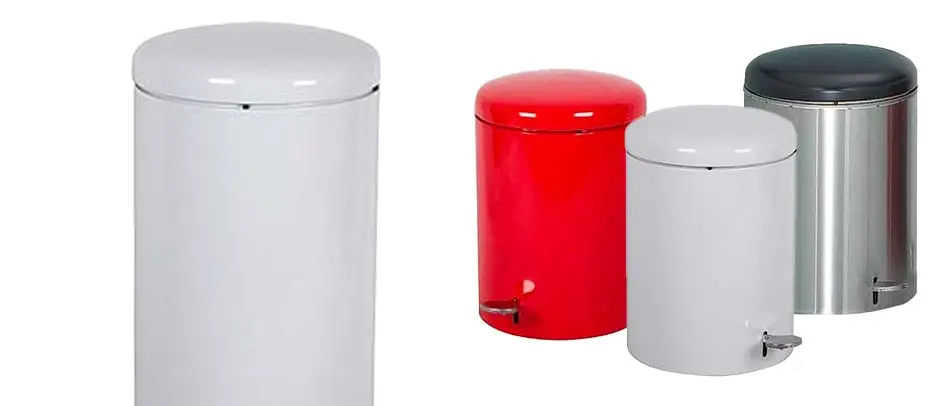





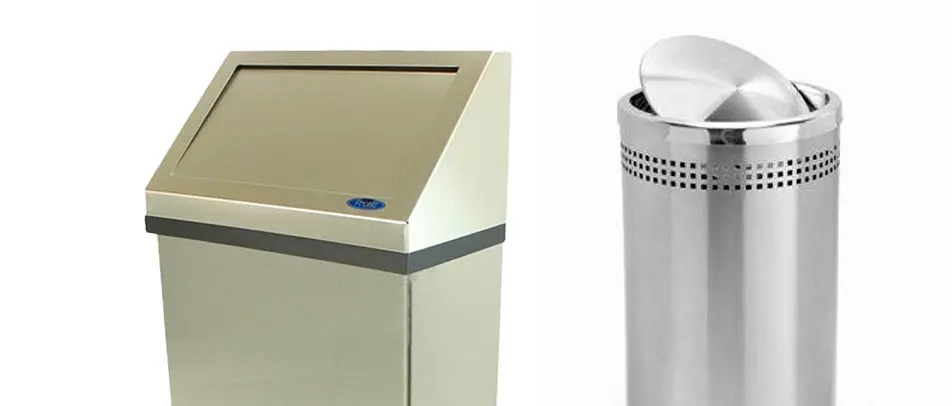

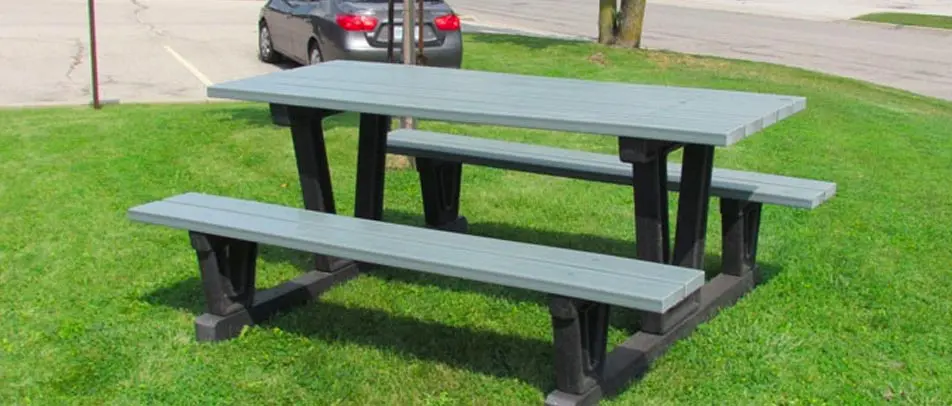





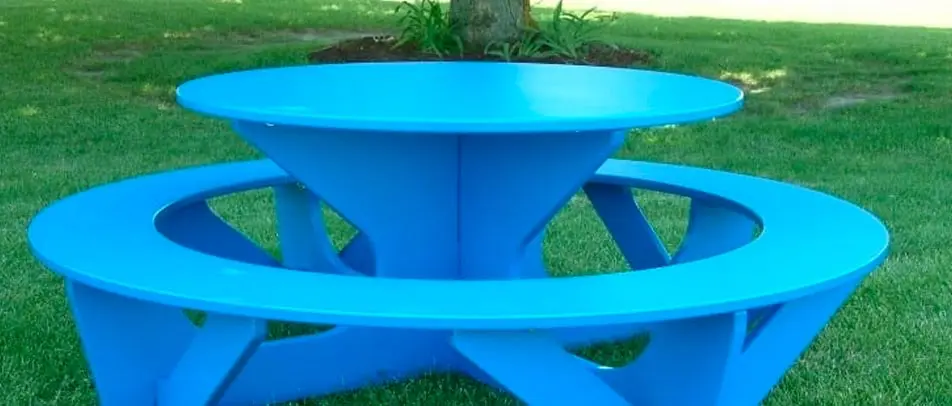

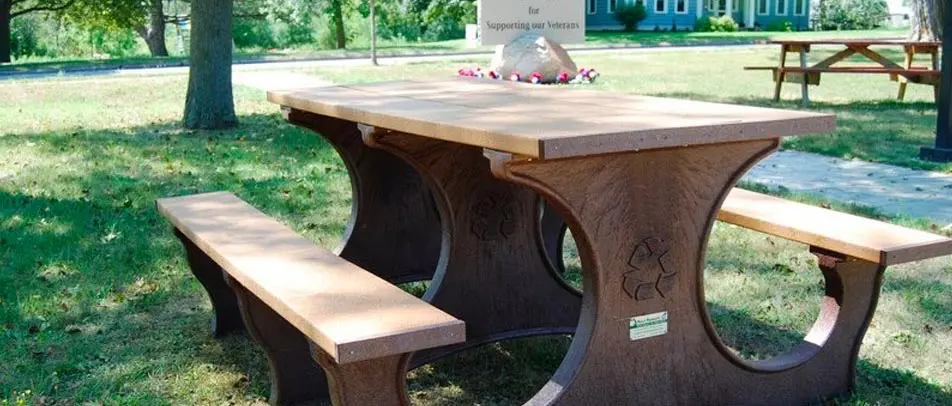
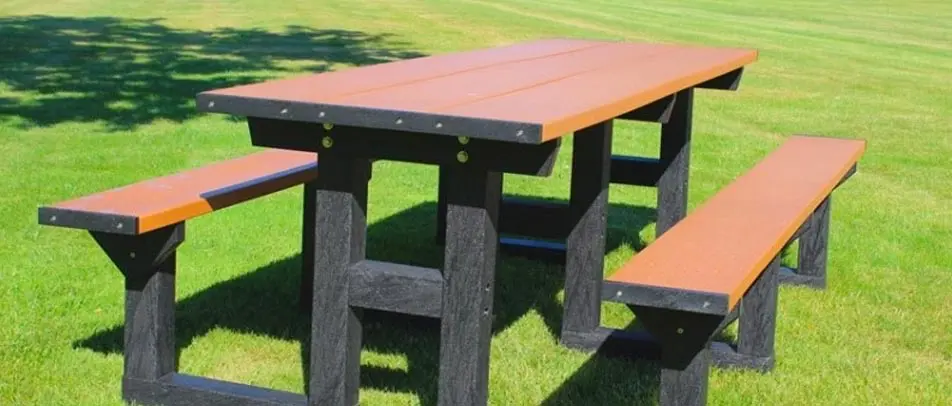

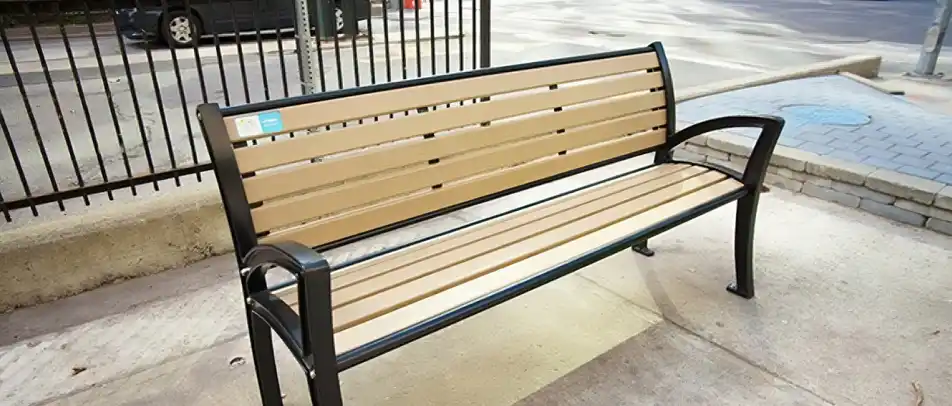




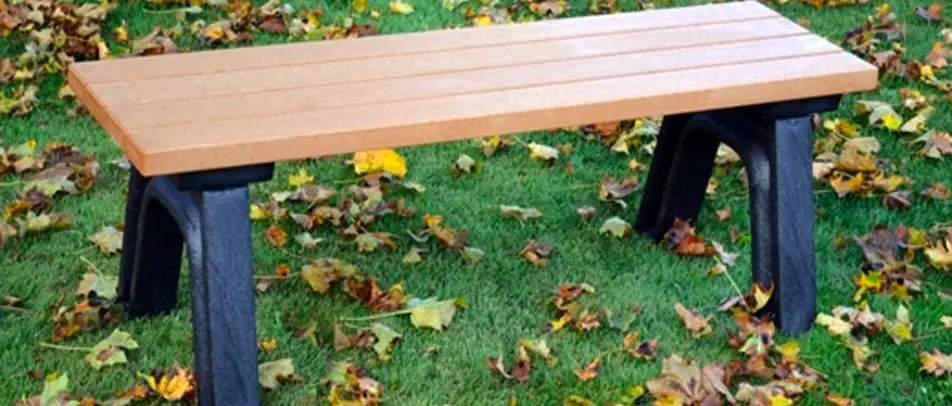
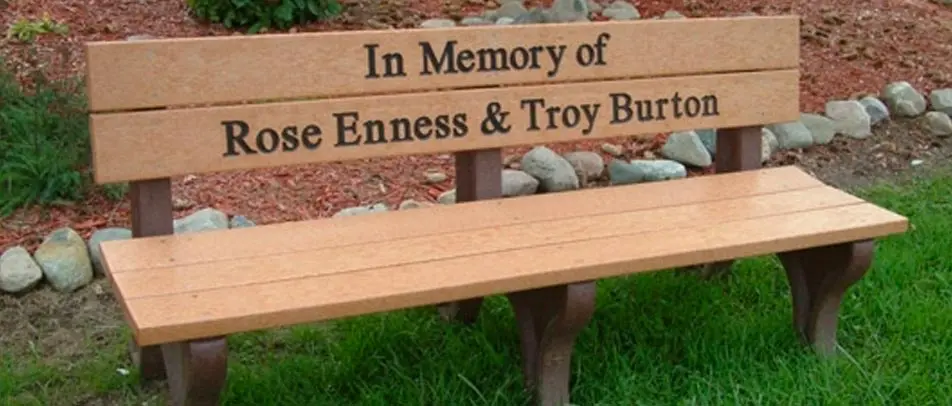



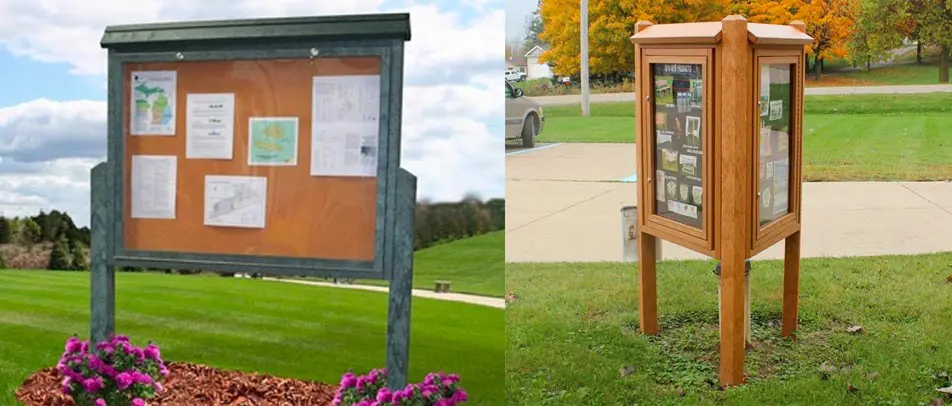
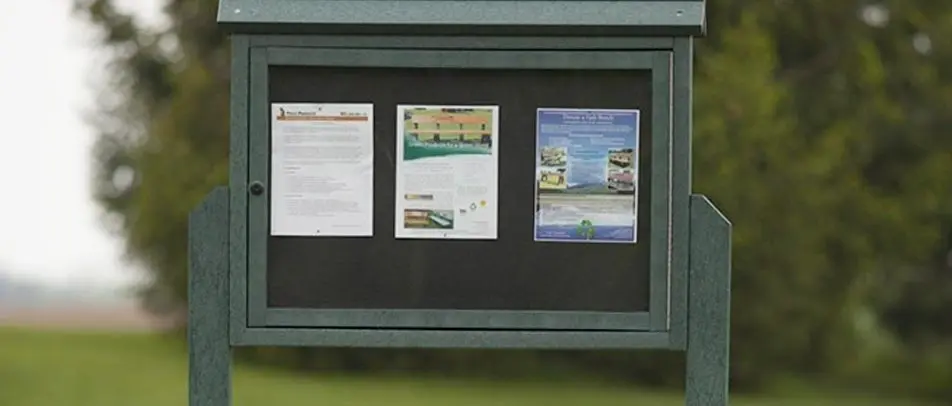
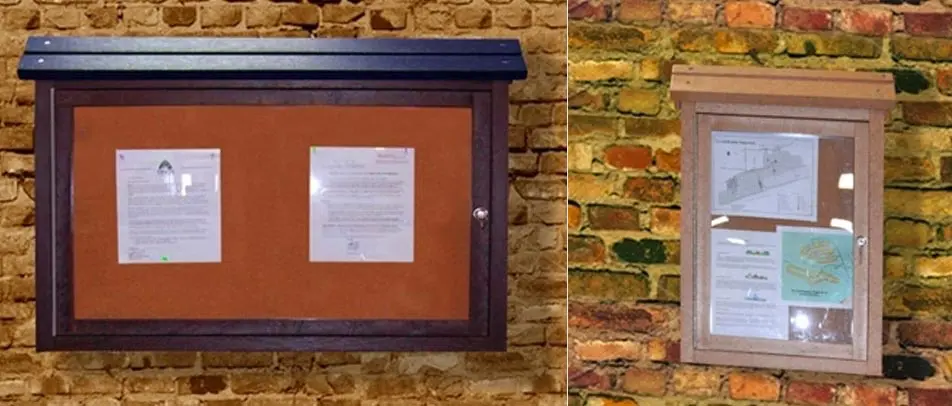


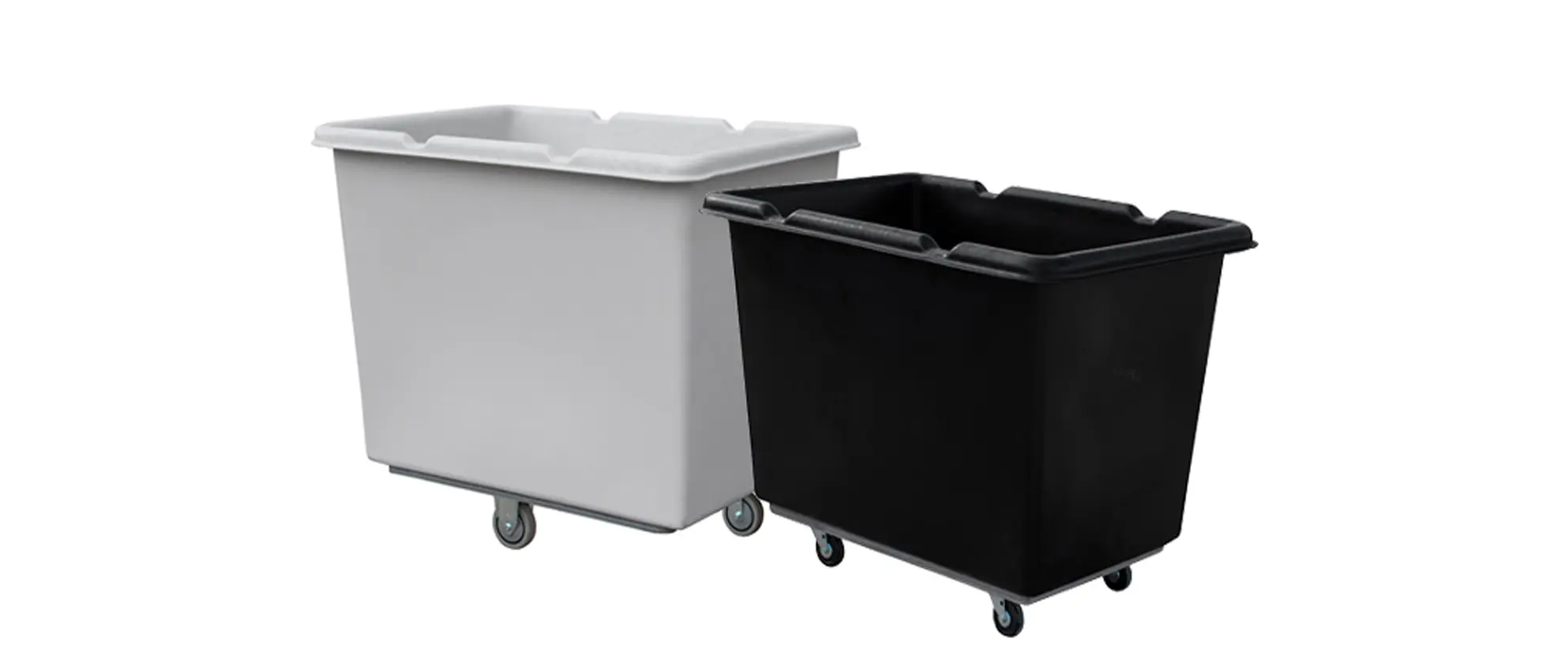




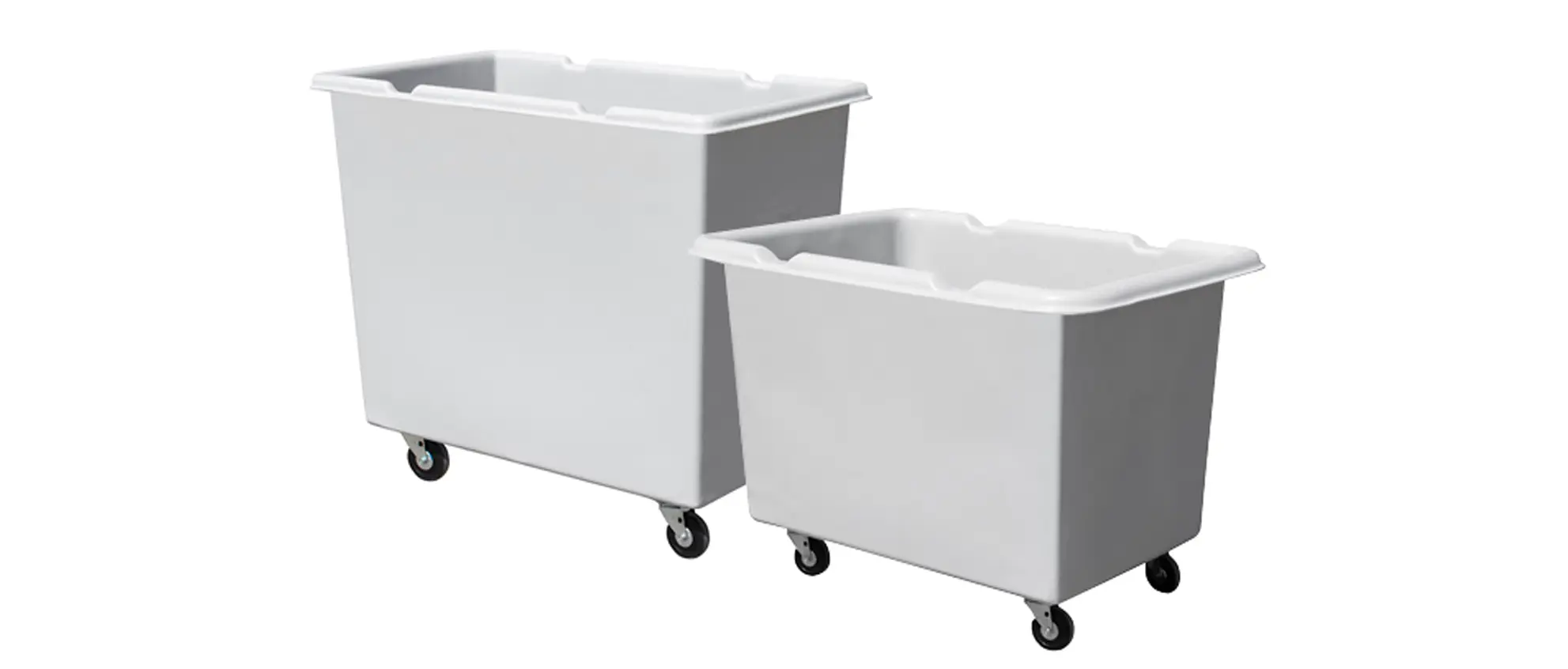


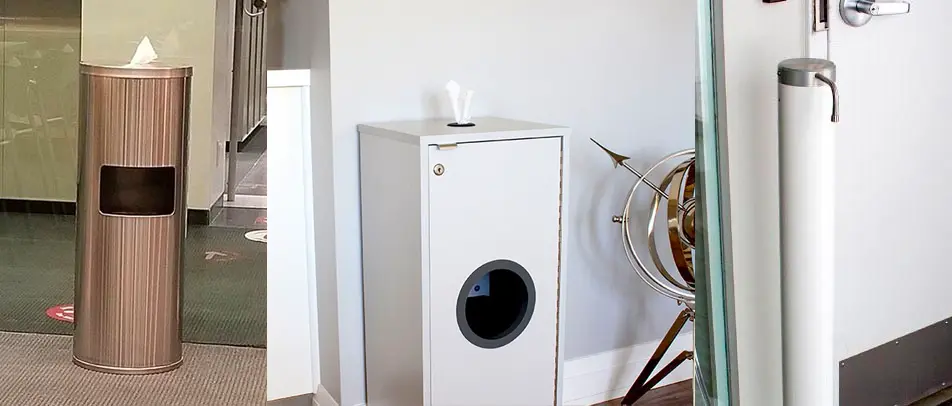
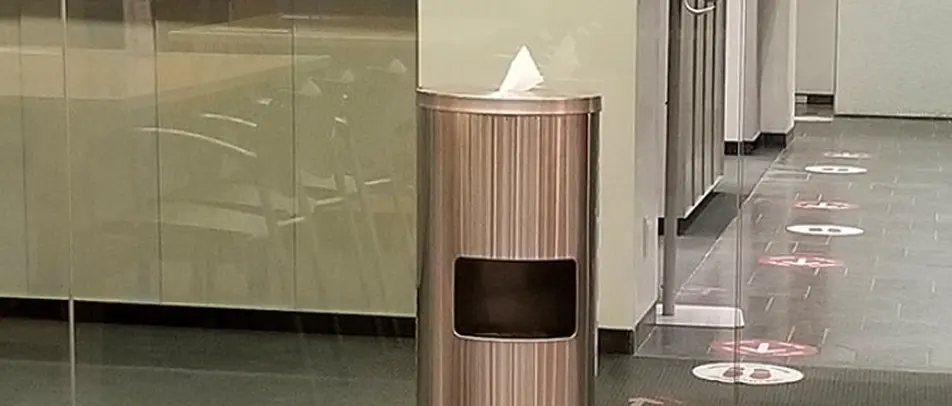


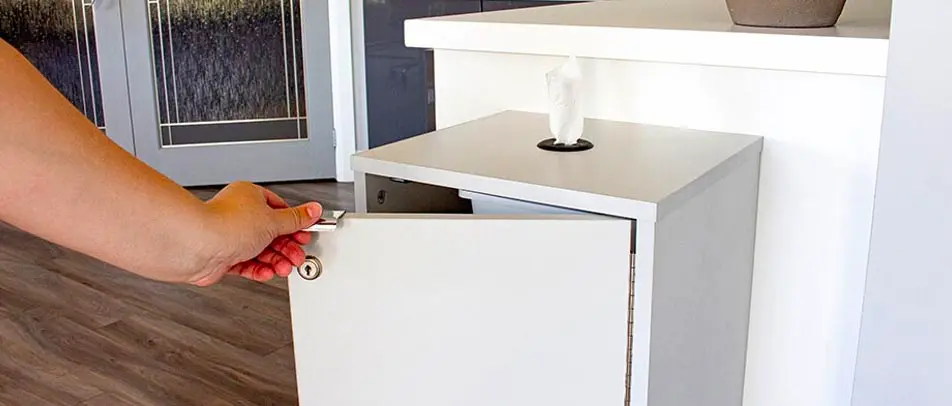
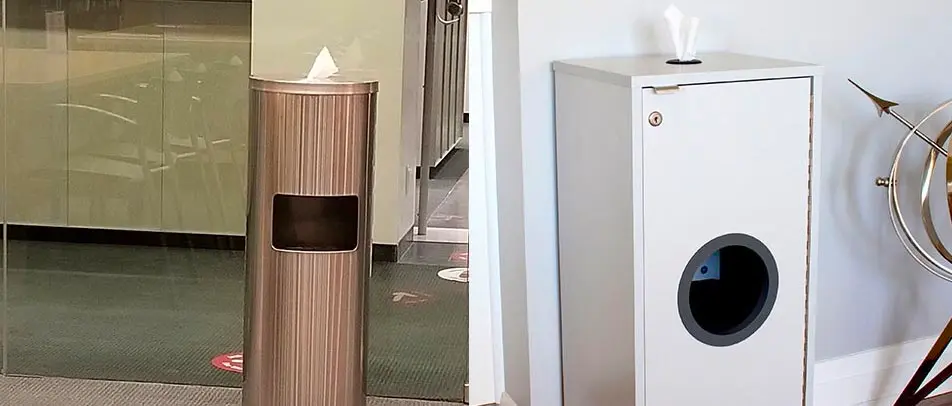


 Three Ways to Engage Teams and Clients to Maximize Your Recycling Program Engagement
Three Ways to Engage Teams and Clients to Maximize Your Recycling Program Engagement  How to Integrate Accessibility Into Your Sustainability Planning
How to Integrate Accessibility Into Your Sustainability Planning  Why Park Benches Can Promote Workplace Well-Being
Why Park Benches Can Promote Workplace Well-Being 
